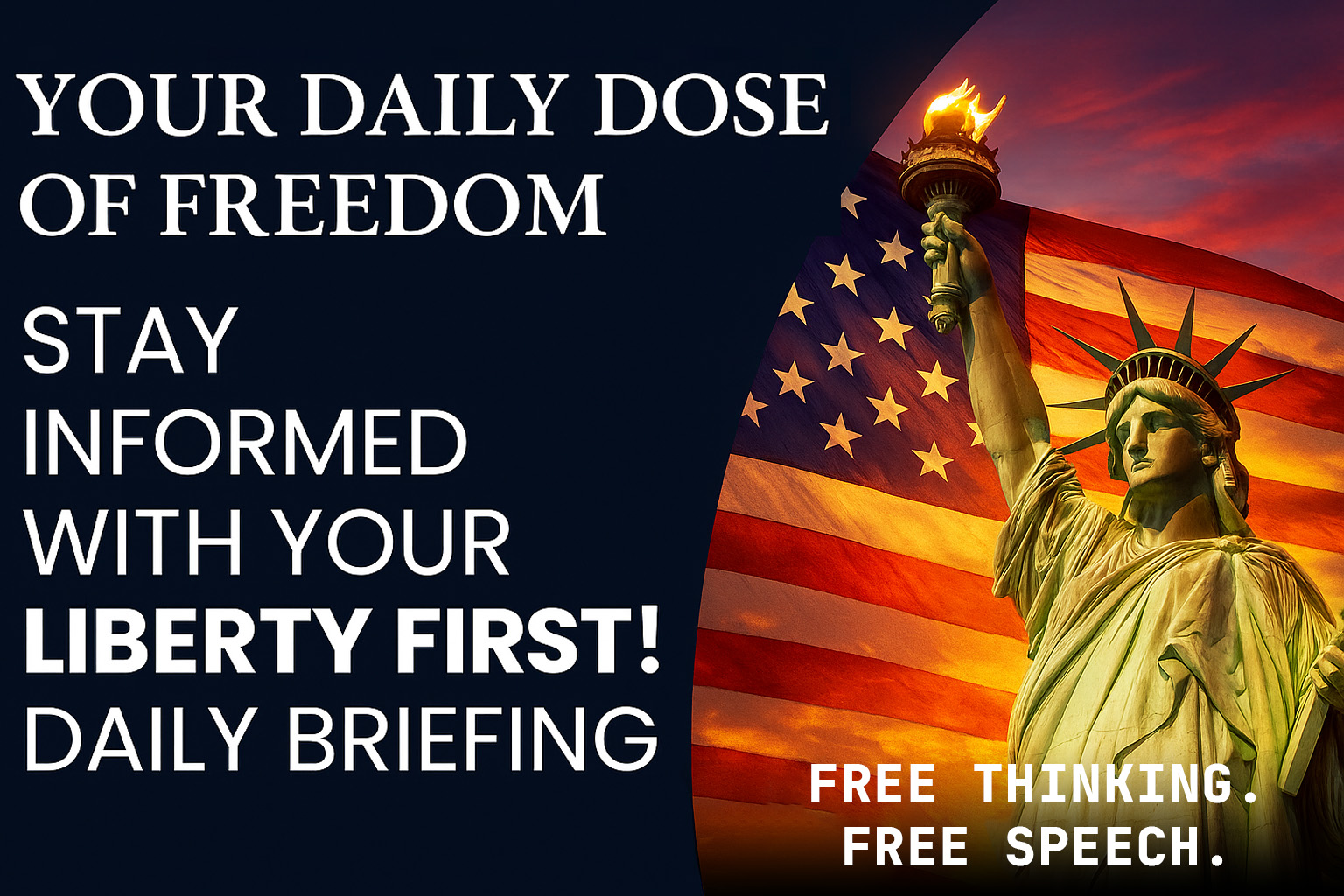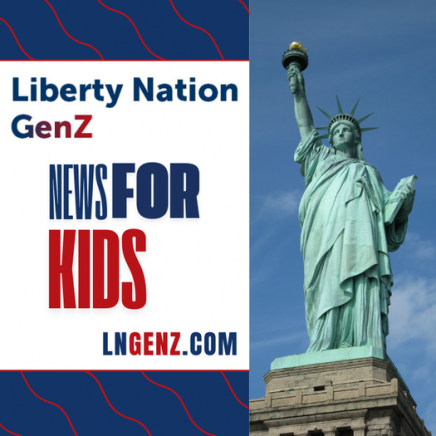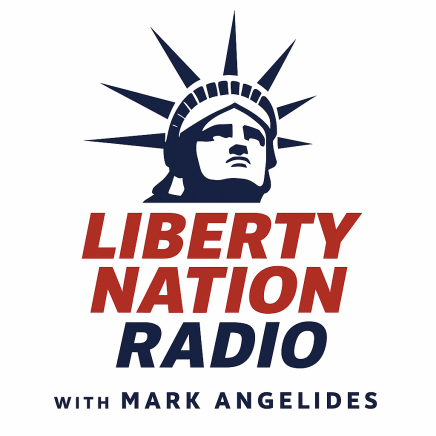Former President Donald Trump might’ve resuscitated the classic Milton Friedman quote – “Hell hath no fury like a bureaucrat scorned” – after he laid out his economic vision before an audience of business leaders at the Economic Club of New York on Sept. 5. The Republican presidential candidate borrowed some old ideas from his first term in the White House and presented fresh proposals for a possible updated version of Trumponomics if he is victorious in November. What were some of the key takeaways in this wide-ranging economic speech?
Trump Taps Elon Musk
The GOP nominee announced he would establish a government efficiency commission on billionaire Elon Musk’s recommendation. The task force, spearheaded by the SpaceX and Tesla Motors CEO, would take a chainsaw to the regulatory industrial complex and eliminate ten regulations for every new one imposed. This builds on the former president’s two-for-one initiative during his first term, though the Council of Economic Advisers said it was nearly eight-to-one.
While Trump stopped short of explaining how the entity would function, he asserted that the initiative would help eradicate the various hiccups occurring in the federal government. The real estate billionaire mogul pledged to develop a plan to extinguish the many sizable “fraud and improper payments” within six months of establishing the iniative.
“I will create a government efficiency commission tasked with conducting a complete financial and performance audit of the entire federal government,” Trump said. Musk responded to the news on the social media platform X: “I look forward to serving America if the opportunity arises. No pay, no title, no recognition is needed.”
In addition, Trump pledged to “blast through every bureaucratic hurdle” to accelerate new approvals for drilling, pipelines, power plants, reactors, and refineries.
Corporate Taxes and Tariffs
Trump doubled down on his plans to aggressively employ tariffs to usher in his scheme of a “national economic renaissance,” but he outlined a few caveats to this proposal. First, he wants to make the Tax Cut and Jobs Act (TCJA) permanent, a landmark legislation from the Trump era that resulted in across-the-board tax benefits. Second, he suggested lowering the corporate tax rate to 15%. Third, he would implement hardline tariffs on China.
Now, here are the meat and potatoes of this arrangement. Companies would be eligible for the corporate tax rate if they manufacture their products in the United States or do not outsource jobs. If businesses shift production overseas, they would be slapped with a “substantial tariff.”
“The anti-tariff people, many of them, I believe, honestly, work for these other countries in some form, get tremendous amounts of lobbying money and other money because it doesn’t make sense what they’re saying,” he said, adding that revenues from these levies would help fund many federal programs, including child care. “We’re going to be taking in trillions of dollars, and as much as child care is talked about as being expensive, it’s – relatively speaking – not very expensive, compared to the kind of numbers we’ll be taking in.”
The War on the Inflation Reduction Act
The Inflation Reduction Act has been a signature legislative achievement of the current administration. Components of the $740 billion law – which President Joe Biden admitted on multiple occasions had little to do with fighting inflation and more to do with advancing the green economy – would be axed under a potential Trump presidency.

Donald Trump (Photo by Scott Olson/Getty Images)
Trump confirmed that he would “rescind all unspent funds” under the law, calling it a “waste” of taxpayer money. “To further defeat inflation, my plan will terminate the Green New Deal, which I call the Green New Scam,” he said. “It actually sets us back, as opposed to move us forward. And [I will] rescind all unspent funds under the misnamed Inflation Reduction Act.”
He refrained from offering details and did not specify which programs would be targeted. A chorus of Republican lawmakers has supported keeping various tax credits that keep US factories afloat. Additionally, Robert Lighthizer, a former Trump trade adviser, recommended maintaining some of the law’s provisions to prop up the manufacturing sector.
Immigration and the Economy
Since the beginning of the 2024 election cycle, voter polls have highlighted immigration and the economy as Americans’ top issues at the ballot box. In his speech, Trump interlaced the two subjects, warning that illegal immigrants are threatening American jobs and wealth. Indeed, as evidenced in the August jobs report, the gap between the number of employed US-born and foreign-born people continues to widen. Over the last 12 months, US-born Americans lost nearly as many jobs as workers born outside the US gained.
Trump revealed that he would request Congress to approve legislation prohibiting all taxpayer-funded benefits for individuals who enter the country illegally. The US, he says, “cannot ignore the impact that the flood of 21 million illegal aliens has had on driving up costs.”
The GOP candidate pledged to ban mortgages for illegals, referencing California’s plan to help illegal immigrants purchase mortgages. “You have soldiers right now laying on the streets of different cities, all Democrat-run, they’re laying on the streets in front of hotels, in some cases luxury hotels, and you have illegal immigrants coming in and living in those hotels and laughing at our soldiers as they walk by into a luxury lobby,” he stated.
Economists Pan Trumponomics 2.0
Trumponomics 2.0 has mainly garnered negative feedback from Wall Street. Goldman Sachs analysts think Trump’s plan to impose new tariffs and crack down on immigration, whether with an electoral sweep or a divided government, would reduce the nation’s GDP growth rate. Nomura economists say that another edition of a Trump term would unlikely emulate what occurred before the coronavirus pandemic. Jennifer McKeown, the chief economist at Capital Economics, warned higher tariffs would exacerbate inflationary pressures and might force the Federal Reserve to keep interest rates higher.
However, many economic prognostications from before and during Trump’s presidency have not aged well. While tariffs harm domestic businesses and consumers, these trade levies did not stir up inflationary forces. Despite notable tax cuts, the US government enjoyed higher revenues – and the policy was progressive, considering that the share of income taxes paid by the wealthy rose and the share of taxes paid by the bottom 50% declined. Real (inflation-adjusted) median wages, incomes, and household wealth increased.
Billionaire Rupert Murdoch was once quoted as saying, “I’m not an economist, and we all know economists were created to make weather forecasters look good.” Whether Trump’s proposals will lead to a new age of prosperity – that is, if he secures a victory in a couple of months – remains to be seen. But, relying on the guesswork of the groups that got it wrong between 2017 and 2021 may not be the wisest of strategies.








